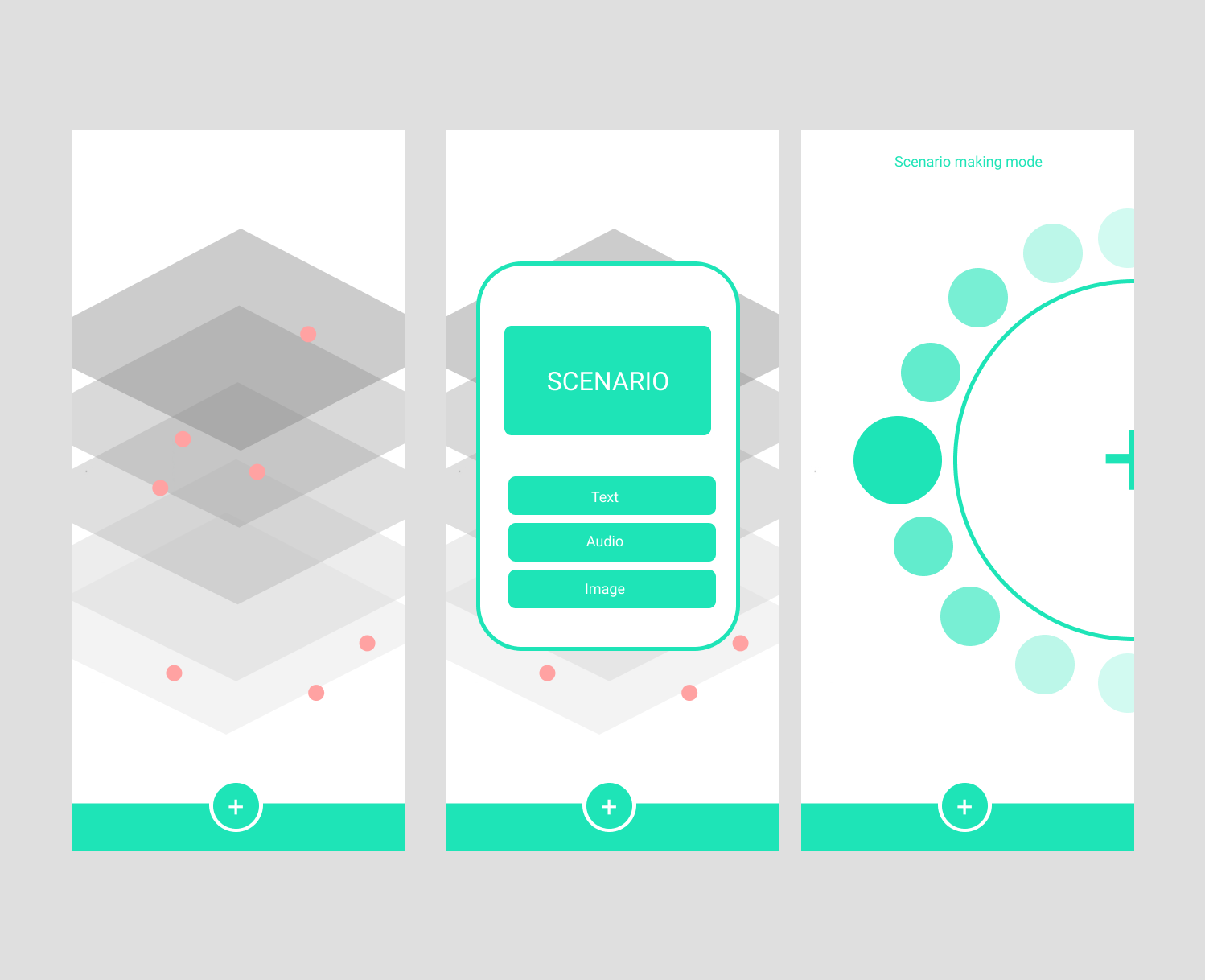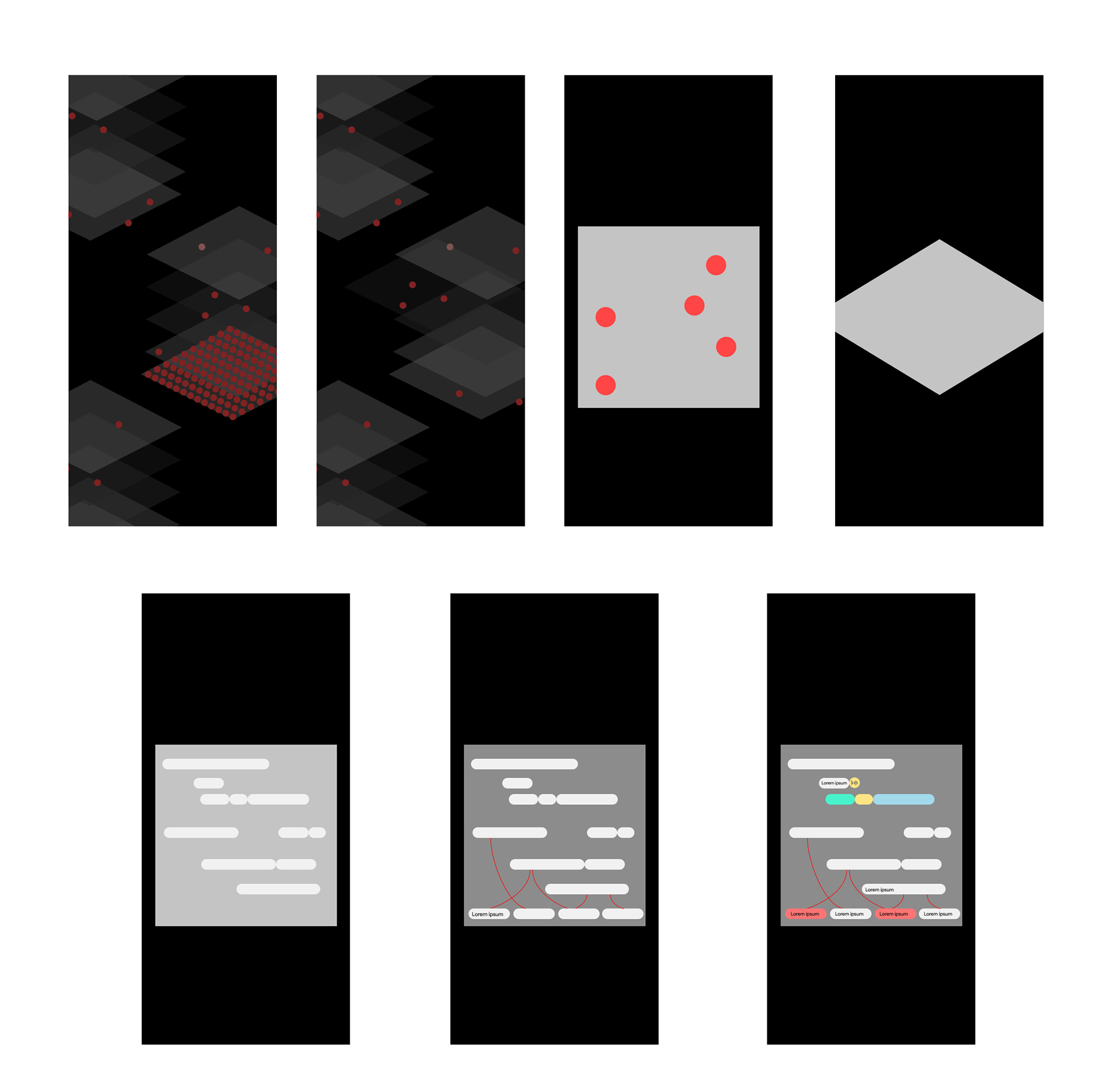November 2021
Group: Tatiana Bohsali, Maria Shuttleworth
Group: Tatiana Bohsali, Maria Shuttleworth
SCENARIO BASED PERSONAL LIBRARY
Following the tutorial with John, which gave us a new idea, we needed to reframe our brief and aims to establish what exactly we are doing which would help to guide us further down the line. We wanted to create something that would be very personal to every learner and reflect their journey. An open system where learners can save, add and quickly retrieve the information they need through scenarios and specific situations. This shaped our aim to be as follows:
To create a scenario-driven retrieval system for people who are learning a language informally.
Although it seemed like we were very close to creating something that we have been intending to, there was still a lot to figure out. How would the information be organised? What kind of scenarios? How would people add them?
Scenarios
We each started off by thinking about what scenarios would be useful and what would they entail. My first thoughts were to create something truly useful and essential in situations where someone doesn't know the language but needs to communicate quickly and efficiently. Thus, I created a collection of elements that one might need when in an emergency situation such as at the hospital. As a clumsy person, there were multiple times where I had to speak to hospital staff explaining different things about myself and what happened so I used that experience to create my map. I divided a typical visit to the A&E into 3 categories: at the reception, describing symptoms and with the doctor.
Although I summarised it and picked out only essential things, it felt very broad to me, like it wasn't enough information, but also not specific enough to be truly helpful in a countless number of different situations learners might find themselves in. However, it was a starting point of how information might be organised. My personal goal with this was to make it as easy to use and understand as possible. Making a map like this made me realise that more structure is needed and huge maps like that won't work well on people's phone screens.


Scenarios created by me and Maria respectively.
Simultaneously, we started developing the structure of the entire interface and its features in order to visualise it and make it more clear in our minds. We thought of scenarios like a stack of books in the library that people can scroll through and choose and went from there...


First rough visualisation of how things would look like. Developed collaboratively.

Some experiments with the form scenarios would take within the system. Developed collaboratively.


The first main screens we presented at the Thursday tutorials. We played around with shapes of scenarios and decided that a simple square is a bit too boring and doesn't represent the flexible nature of it, so we decided to go for free-form blob shapes. Developed collaboratively.
FEEDBACK
After we have introduced our interface to our tutors we received a lot of positive as well as critical feedback. All the tutors pointed out how far we have come and how much progress we made within the last week which was very encouraging and rewarding to hear. One thing that we were expecting and felt equally underwhelmed with was the fact that our product ended up in a form of an app. However, mobile apps are undeniably some of the most used tools for absolutely anything, so it would make sense from the perspective of motivation to stick to that in order to make it usable for learners.
The next important piece of criticism was that we didn't use real people scenarios which we immediately agreed with. Using real scenarios from people would really give us more specificity we were looking for and show how the product can be used using actual experiences. The idea of the app is that it allows people to keep track and input their own scenarios, so it became the number one priority on our to-do list. Finally, a crucial point was how are people going to understand how to be, or act in certain situations if they only have their personal experience to rely on? This was an extremely important aspect that I also began to question and try to figure out a way around.